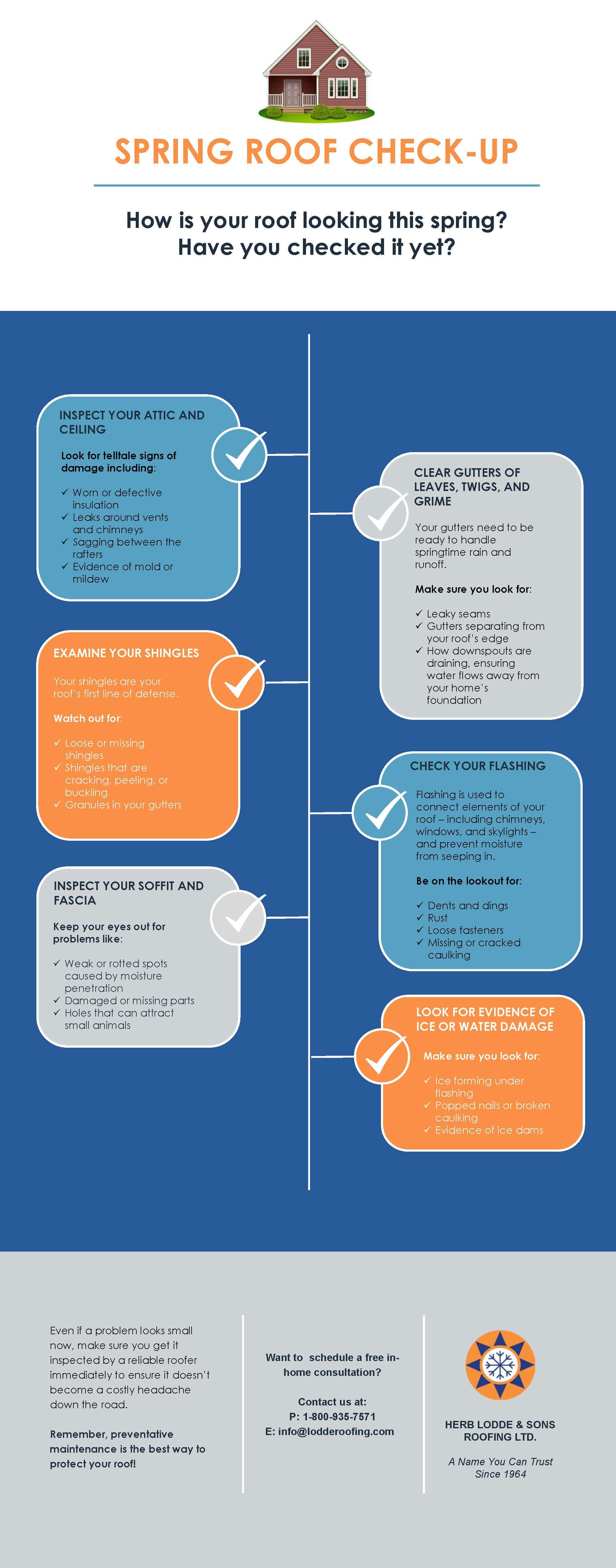Discover The Impact Of Various Weather On Your Roofing System Setup To Ensure A High-Quality Job
Discover The Impact Of Various Weather On Your Roofing System Setup To Ensure A High-Quality Job
Blog Article
Content Create By-Johannesen Dyhr
When it concerns roof covering installments, the weather can make or damage the work. Think of the disappointment of taking care of products that will not work together as a result of extreme warmth or battling slippery surfaces caused by unanticipated rain. Understanding the effect of climate condition on your roof covering task is crucial for a successful end result. So, let's discover exactly how various weather elements can affect the top quality and longevity of your roofing system setup, ensuring a work well done.
Influence of Temperature Level on Roofing System Setup
When it concerns roofing system installation, temperature plays a vital function at the same time. The suitable temperature for roof covering tasks usually falls between 45 and 85 degrees Fahrenheit. Severe heat can create materials like shingles to become also pliable, resulting in potential damage throughout setup. On the other hand, cold temperatures can make products breakable and susceptible to fracturing. It is essential to set up roof installations during moderate temperature levels to ensure the most effective result.
During chillier weather, professionals may need to take added precautions such as using heated tools or allowing products to warm up prior to installment.
On the other hand, hot weather might need job to be done previously or later on in the day to avoid the peak temperatures. By considering the temperature level and its results on roof covering products, you can assist make sure an effective installation that will hold up against the components for several years to find.
Result of Rainfall on Roof Projects
Roof covering jobs can be considerably influenced by rainfall, impacting both the timeline and the top quality of the installment. https://www.ehstoday.com/construction/article/21120421/15yearold-roofer-falls-to-death-in-alabama or snow can develop unsafe problems, making it harmful for contractors to work with a damp surface. Furthermore, dampness can endanger the attachment of products like tiles or underlayment, bring about potential leakages or problems in the future.
If it rains during a roof covering project, the water can leak into at risk locations, causing delays as the installation crew must await the roof to completely dry prior to proceeding. Too much wetness can also promote the development of mold and mildew, more threatening the stability of the roof covering.
To avoid these concerns, it's advised to set up roofing jobs during drier periods or keep track of the weather prediction very closely to prepare about any kind of prospective rainstorms. By taking precautions to operate in positive climate condition, you can ensure a smoother and a lot more successful roofing system setup procedure.
Impact of Wind Rate on Setup Success
Throughout roofing system installation, the rate of the wind plays a critical duty in identifying the success of the task. https://jaidenidysn.blogscribble.com/32493237/typical-roof-covering-setup-errors-and-tips-for-preventing-them can present substantial obstacles to roofers, possibly resulting in safety and security dangers and high quality problems. When wind rates go beyond recommended limitations, it comes to be challenging to handle products, raising the danger of crashes and damages to the roofing products. Strong gusts can also affect the precision of measurements and the accuracy needed for proper installment.
To make sure a successful roofing system installment, it's important to monitor and think about wind speeds. Preferably, gutter replacement san antonio tx must occur on days with reduced to moderate wind speeds. This not only enhances the safety of the workers however additionally improves the overall high quality of the setup.
Roof covering projects scheduled during tranquil climate condition are more likely to be finished effectively and with fewer mistakes. By taking notice of wind rate forecasts and preparing appropriately, you can aid make certain a smooth and successful roof setup procedure.
Final thought
So, when it pertains to roof covering installment, remember to take into consideration the weather conditions to guarantee an effective job. Optimal temperature levels, dry conditions, and moderate wind rates are key variables to focus on for a smooth installment procedure. By scheduling your task throughout the most effective seasons and optimal climate condition, you can achieve a durable and lasting roof covering that will certainly secure your home for several years to come.
